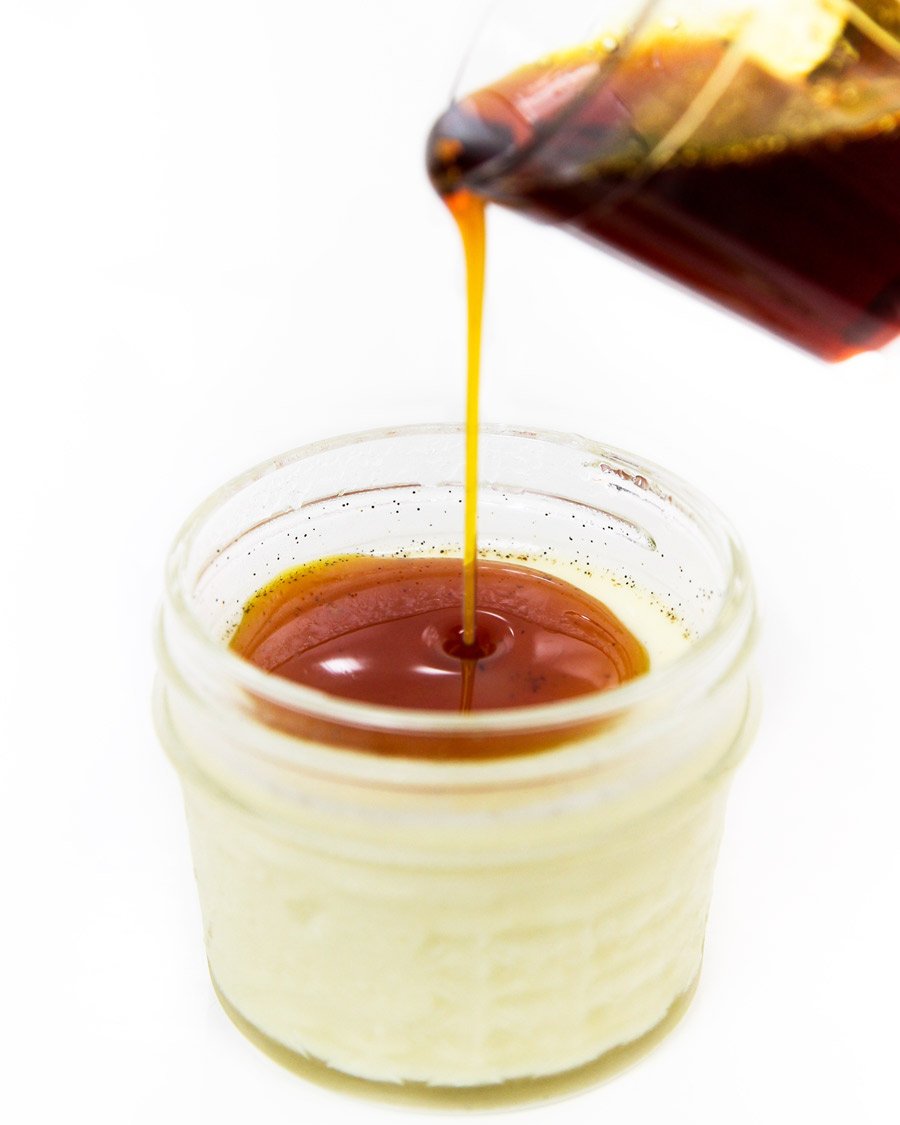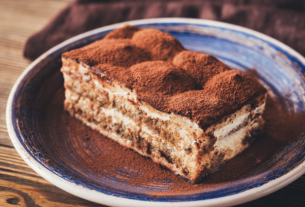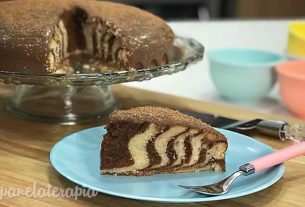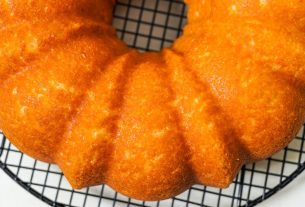Condensed Milk Pudding is practically a Brazilian heritage dessert because of our love for pudding and condensed milk, Is not it? A simple recipe, but with a touch of technology goes to another level of hotness!
What can be so incredible to make famous Condensed Milk Pudding? Change the way cooking… I mean, it’s still in the water bath. But now with technology: common thermocirculator.
What is a Thermocirculator?
O thermocirculator It is nothing more, nothing less than equipment that heats and circulates water. And the water temperature is controlled, meaning you can specify which temperature you want very quickly. precision e accuracy.
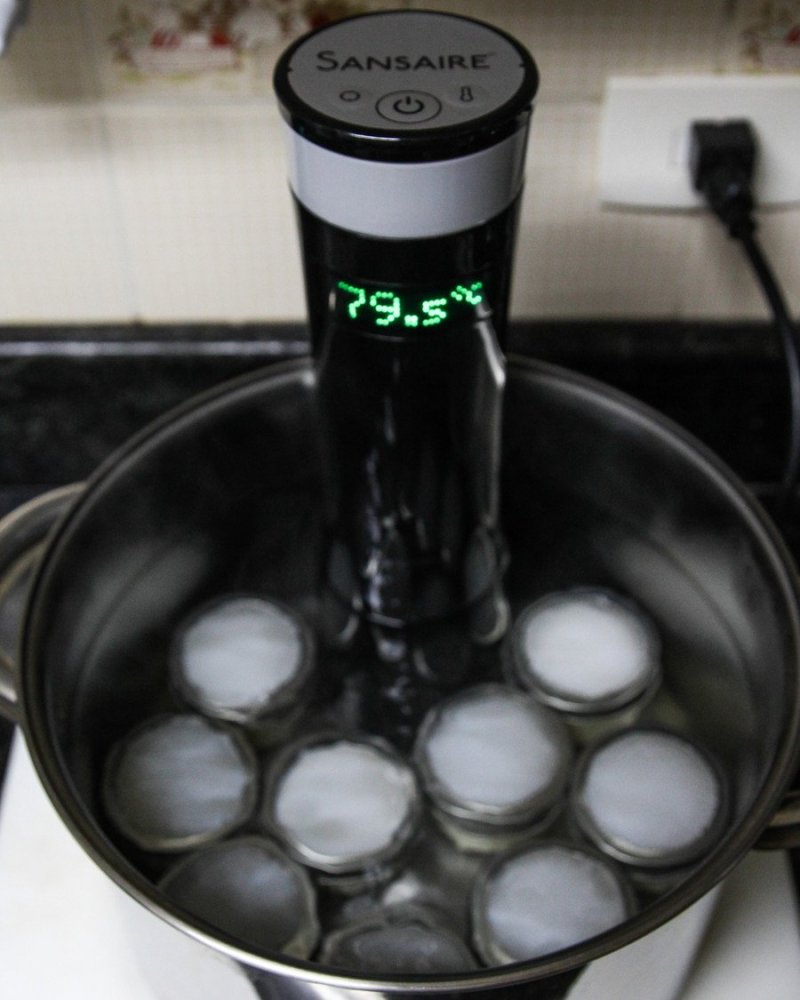

This is the reason that no one will do. Who in their right mind has a thermocirculator marry me Nobody! I have, because I am bundle of clothes. I have had my model for about 5 years and have used it very few times in that time.
The use of thermocirculator is more common in sous vide cooking which in general terms is: cooking food vacuum in a temperature-controlled water bath. It’s not technically vacuum, vacuum really… it’s just another one Modified atmosphere than vacuum.
In the case of this pudding, it’s just a water bath with a super controlled temperature. And that alone makes all the difference in the texture, as the cooking of the proteins (egg and milk) is modified. Therefore, it results in a pudding super sores e creamy.
Despite our Condensed Milk Pudding technically be a flan like French Caramel creamthe fact of having condensed milk It makes a positive difference! It leaves a more intense dairy “feel”, I personally believe.
The temperature used for cooking the pudding with the thermocirculator is 79.5°C. It stays in the meantime, more or less, at the coagulation temperature of egg proteins. In general, the clara begins to coagulate at ~80°C and egg yolk around 65-70°C.
Pudding: With Holes or Without Holes
Nobody asked, let’s talk about the controversy nonsense of the pudding with or without holes.
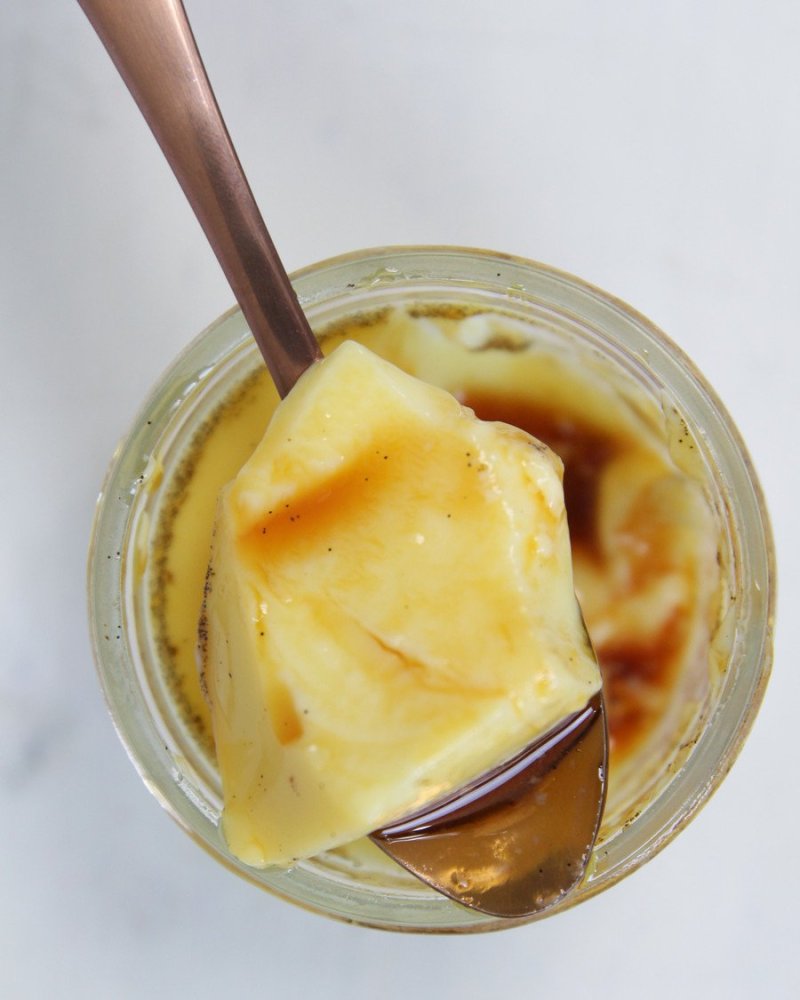

What we see most is half the world saying: So, pudding with holes in it is a cooking error… pipipipopoó
Personally, I believe there is a confusion between: pudding with bubbles (holes) and pudding with clots (grainy). These are different situations that can happen together, but it is not a rule.
- Pudding with Holes: the hole is an air bubble that couldn’t get out of the pudding mix and got stuck in the protein web (egg and milk) during cooking. The viscosity of the milk changes when adding condensed milk e eggstherefore, it becomes more difficult bubble rise to the surface. It is something more visual than the taste-touch itself.
- Pudding with Clots: the granularity are pieces of proteins (egg and milk) coagulated, this is generally caused by changes in cooking temperature and time. Too high a temperature and/or cooking too quickly, which means the proteins coagulate undesirably. This changes not only the appearance, but also the taste and touch, it is possible to feel this graininess with the tongue.
If it is to classify in cooking error, the second case would be an error. After all, it changed a lot about how the dessert should look to the point that it would be noticeable when eating the pudding in a negative way. The proteins coagulating as we would not like can be seen as a mistake, right?
But as I usually say: who paid and go comer the pudding that decides. If the person likes smooth pudding, oops no problem. If the person likes pudding with holes, beauty too. I just don’t think anyone likes grainy pudding, but you know, right?
Pudding: Tips for a better pudding
- Mix the ingredients very well. It seems silly, right? Distributing the egg proteins well in the milk is essential.
- Blender: you can use it, you can blend the pudding mix in a blender. I’ve even done it with one Thermomix (equipment that is a mix of a processor and an electric cooker) which is much more powerful. Will add bubbles? For sure! Any way you mix will add bubbles to some extent. But there is a way around this, see the next tip.
- If you want one smoother pudding and/or with fewer bubbles: Let the pudding mix sit for a few minutes before cooking. This literally gives the bubbles time to escape the viscosity of the mixture.
- Control the temperature well: adjusting the temperature seems silly, but it has a huge impact on the final result. If you have never done pudding in a bain-marie in the oven It’s a suggestion. The texture is more like a flan than the boiled pudding in the pudding pot on the stove. The oven temperature depends on the recipe itself, but I generally use 180°C as it is the lowest temperature in the vast majority of most common ovens. Oh, and the water in the bain-marie should already be hot!
- Vanilla: vanilla is generally not added. But if you can use vanilla bean or extract, the flavor goes to another level.
The Best Condensed Milk Pudding in the World
Makes: 9 portions
Condensed milk pudding
- 395 g condensed milk (1 can/box)
- 350 mL leite integral
- 3 eggs
- 10 mL vanilla extract (or 2-3mL vanilla essence)
Caramel syrup
- 150 g crystal Sugar
- 50 mL water
1 cup: 250mL | 1 tablespoon: 15mL.
Condensed milk pudding
- Heat water with a thermocirculator (sous vide equipment) in a container that holds the pudding containers. I used a 12L pan, but a container that retains heat is ideal.
- To speed up the process of heating the water, I heated part of it on the stove until it was lukewarm and then added it to the 12L pan.
- The thermocirculator was set to 90°C to compensate for heat loss when the pudding was added, at which point it was set again to 79.5°C. Reserve
- Blend condensed milk, milk, eggs and vanilla (if using) in a blender for 2-3 minutes.
- Let sit for 30-45 minutes to remove bubbles.
- To remove any bubbles from the pudding mixture, you can use a blow torch on the surface. Sift the pudding mix
- Distribute around 90-100g of the mixture into each pot. If you use Ball-style jars (Mason Jars) with their normal lids, they should be semi-closed: as if there were a few millimeters left for bubbles to escape.
- I just used the screw ring with a silicone cap, so I could close it.
- Place the glasses in the water bath with the thermocirculator, then remember to adjust the temperature to 79.5°C. Cook for 1 hour.
- Remove the jars from the water bath and let cool for 1 hour before placing in the refrigerator.
- Let it cool in the fridge for at least 5 hours.
- Serve with the caramel sauce.
Caramel syrup
- Melt sugar in a pan over medium heat, about 5 minutes.
- Stir from time to time to distribute the sugar.
- Add the water carefully (it will bubble) when all the sugar turns to an amber caramel.
- Mix well until all the caramel melts and remove from heat.
- When it cools, it will become thicker. If you want more fluid, add 30-40mL.
- Leite: I highly recommend using wholemeal, I tested it with skim and it seemed like something was missing.
- glass pot: the pots used in the photos are not sold in Brazil, they are from the American brand Ball. It’s the Regular Mouth model with 4 ounces (about 113mL) and I received it as a gift.
- Alternative glass jar: I was told that it was possible to make it in a glass jar of normal jam/preserve, however, I didn’t test it to be sure.
Portion: 100g | Calories: 253kcal (13%) | Carbohydrates: 43g (14%) | Protein: 7g (14%) | Fat: 7g (11%) | Saturated fat: 4g (25%) | Polyunsaturated Fat: 1g | Monosaturated Fat: 2g | Trans fat: 0g | Cholesterol: 74mg (25%) | Sodium: 92mg (4%) | Potassium: 245mg (7%) | Sugar: 43g (48%) | Vitamin A: 261IU (5%) | Vitamin B2: 0mg (18%) | Vitamin C: 1mg (1%) | Calcium: 183mg (18%) | Ferro: 0mg (2%)
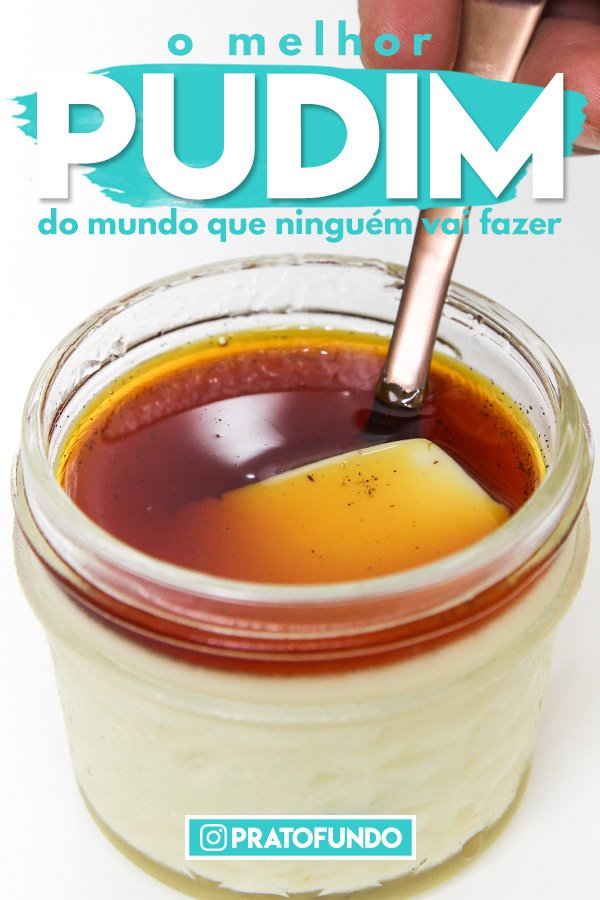


Sign up for our newsletter and stay up to date with exclusive news
that can transform your routine!
Warning: Undefined array key "title" in /home/storelat/public_html/wp-content/plugins/link-whisper-premium/templates/frontend/related-posts.php on line 12
Warning: Undefined array key "title_tag" in /home/storelat/public_html/wp-content/plugins/link-whisper-premium/templates/frontend/related-posts.php on line 13

